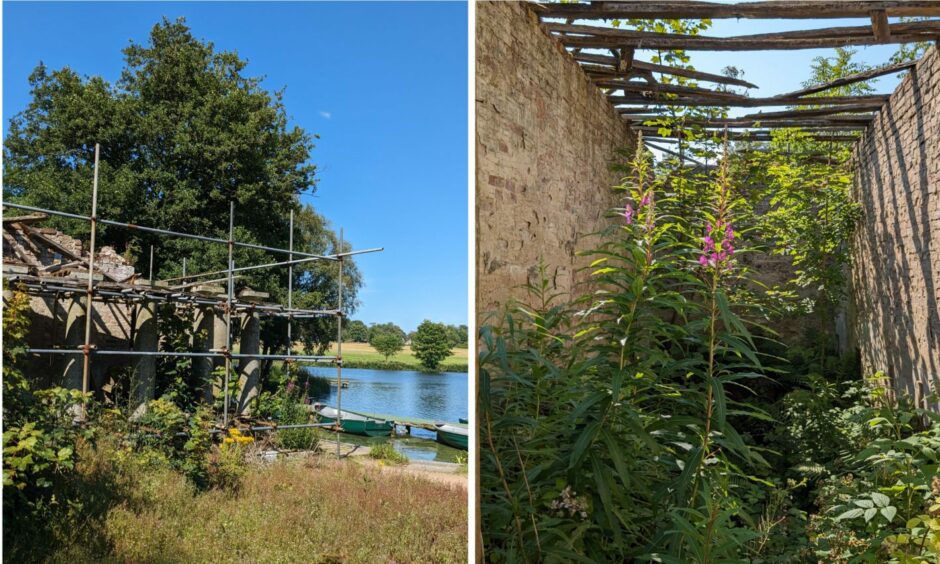
It had been years since I’d visited Pitfour observatory – a strange, octagonal tower in the middle of the Forest of Deer.
So when I set out to explore it recently, I was surprised to find it was tricky to locate.
I may have been distracted by the myriad giant foxgloves that loomed over me as I strolled along the woodland path, but essentially, the entrance to the folly was so overgrown and cluttered with fallen trees that I walked right past it.
Retracing my steps, I ducked and dived under branches in my mission to reach it.
When I got there, I found it closed, which was disappointing, but it was still rewarding to gaze up at the 50ft tower with its crenelated parapets from ground-level.
The fifth laird of Pitfour Estate, ‘Admiral’ George Ferguson, built the structure in 1845 so he could watch horses racing at his private course near Fetterangus – dubbed the ‘Ascot of the North’.
Arriving at Pitfour observatory
The tower, also known as Drinnie’s Observatory, (it’s in the heart of Drinnie’s Wood, which forms part of the Forest of Deer), was refurbished by Banff and Buchan District Council in 1993, and visitors (including me a good few years ago) marvelled at the panoramic vistas it afforded.
However, those views are long gone, thanks to a massive conifer plantation surrounding the structure.
It’s grown so tall that even if you could enter the tower, you’d struggle to see much, with the views on all sides obscured.
And it could be years before the crop of trees is harvested.
Nevertheless, the tower is well worth a visit, and if and when it reopens, you’ll be able to climb the spiral staircase to the upper viewing deck.
If not, you can walk for miles through the forest, which also boasts an elusive stone circle and a Pictish symbol stone (if you can find them).
The two-mile racecourse was still marked on Ordnance Survey maps in 1925, although by then it was disused, and in 1926 it was forested.
A track running along the edge of the forest – that you can walk on – was once part of the racecourse, which is a rather bizarre thought.
There’s an untapped tourism opportunity in this neck of Buchan, so it would be nice to see the storm-blown trees removed and those round the tower slashed back.
A likeside stroll of Pitfour Lake, just a stone’s throw from the observatory
While I was in the area, I decided to check out Pitfour Lake. You can walk there from the observatory if you fancy – it’s a few miles through the forest – or do what I do and park closer.
There are various access points but I found myself enjoying a cappuccino in the sun outside Saplinbrae Hotel from where I then made my way down to the water.
It’s an impressive spot, popular with walkers and fisherfolk.
I’m always fascinated by the curious crumbling structure on the lakeside, held together with scaffolding these days and in a very sorry state.
The replica Greek temple which once hosted alligators
This is the intriguingly named Temple of Theseus, thought to have been constructed around 1835 either by the third laird, James Ferguson, or the fifth laird, George Ferguson.
It was built as a bathing house for the lairds, with George, clearly an extravagant eccentric, reputedly keeping pet alligators in it at one point!
Styled after the Temple of Hephaestus in Athens, the small replica has been in a ruinous state for at least a decade – it’s had scaffolding round it since 1992 – and is listed by Historic Scotland as in critical condition.
I managed to peer inside the structure, imagining alligators swimming around in a cold-water bath – but with thick vegetation, rotten wood and a ‘pit’ to fall into, I wouldn’t recommend it.
Less risky is to stroll by the lake, watching fish jump, crossing ornate bridges, and stopping at platforms to drink in the views. It’s a brilliant spot to while away a few hours.
Fascinating history of the estate and the replica temple
The history of Pitfour Estate is absolutely fascinating. Stretching from St Fergus to New Pitsligo, it was purchased in 1700 by James Ferguson of Badifurrow, who became the first Laird of Pitfour.
The estate was substantially renovated by Ferguson and the following two generations of his family, and at the height of its development in the 18th and 19th Centuries, extravagant features were constructed including the two-mile racecourse, artificial lake, Temple of Theseus and observatory.
The last laird died in 1924 and like many big estates, Pitfour began to suffer and fell into decline in the 20th Century.
The mansion house was sold and demolished in 1926, its stone used to build Torry Junior Secondary School and council houses in Aberdeen. Its veranda was installed at Kinloch Farmhouse in St Fergus.
Buildings at risk at Pitfour
Ownership of the estate has changed several times since then and many of the remaining buildings have degraded to such a degree that they feature on the Buildings at Risk Register.
While Pitfour chapel was converted into a private house in 2003, the lake is used by members of a private fishing club.
In 2012, the estate’s new owner lodged plans to spend more than £900,000 restoring the temple, as well as three historic bridges around the lake, together with an “enabling development” of nine new houses. However, there’s little evidence of work to restore the temple, which is a mighty shame.
What is fantastic, though, is that the estate encourages public access. It’s a great opportunity to enjoy the somewhat hidden treasures of Buchan, even if some are in need of TLC.

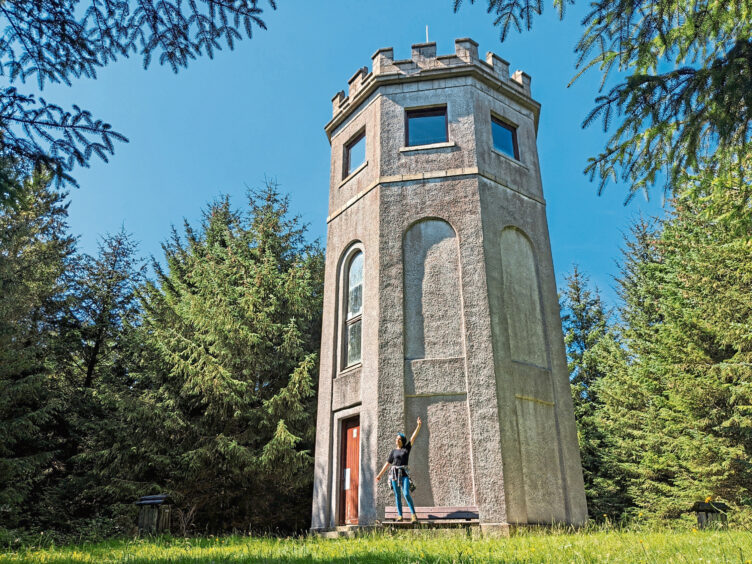
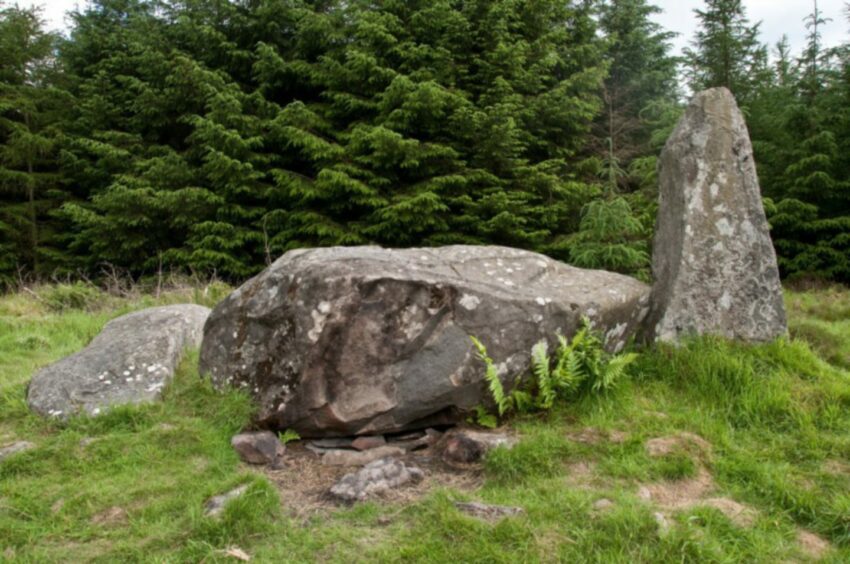
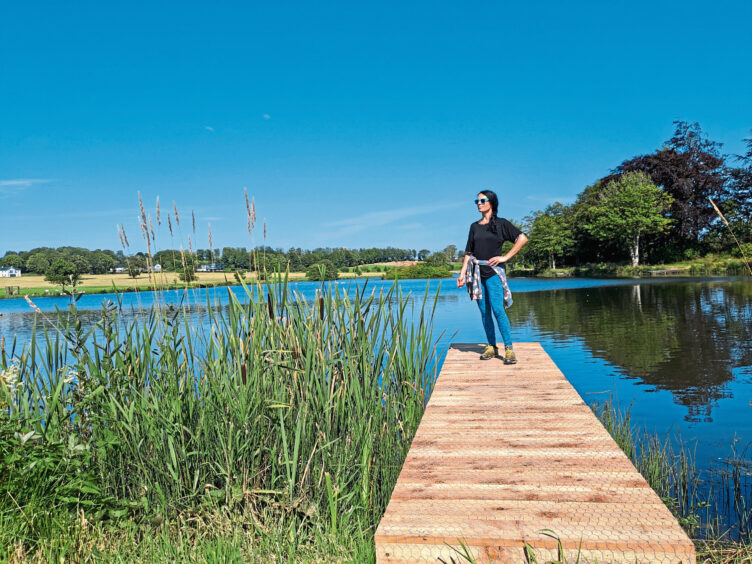


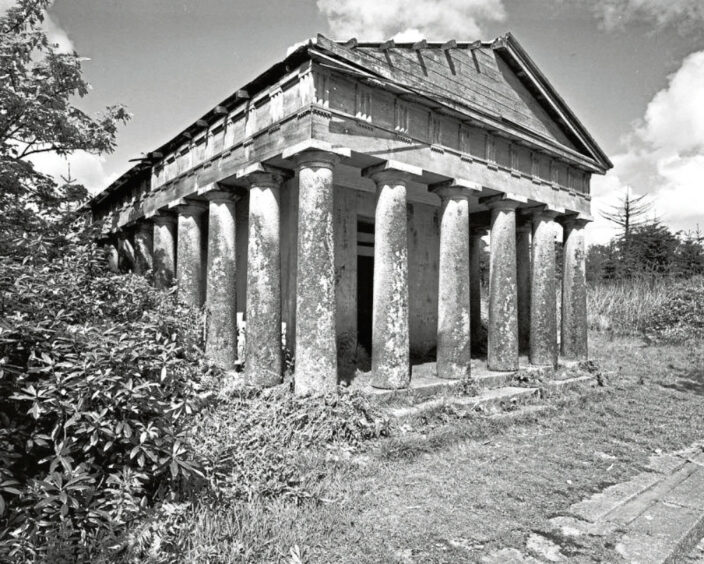

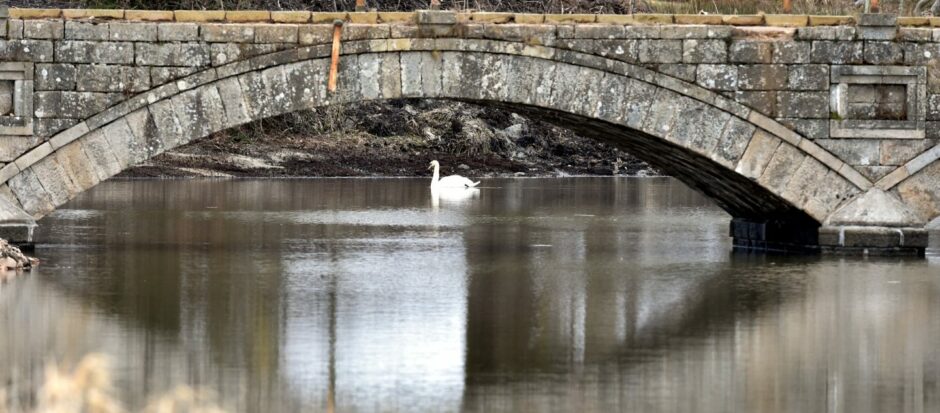
Conversation